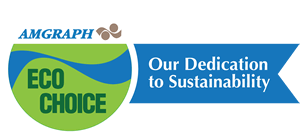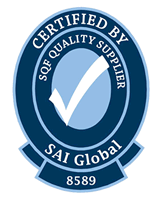For brands that want to be earth-friendly, plastic is a problem. What can be done?
We’ve talked about the waste management problem created by plastic packaging before. There’s simply too much of it out there, and it’s too hard to recycle. But this month, Scientific American took an in-depth look at the problem of plastic and what some innovative companies are doing to try to solve that problem.
According to the article, more than 90 percent of global plastic production still consists of primary plastics, meaning they are newly manufactured and not recycled. Plastic still creates a massive waste issue, too. The article states that roughly 70 percent of plastics that have ever been produced have already been discarded.
In theory, many commonly used plastics can be recycled, but only about ten percent of them actually are. The recycling process is difficult and full of complications—something we’ve addressed in previous blog posts. So, what’s being done to help alleviate this problem?
Scientific American says that the past decade has seen increasing research attention turn to advanced recycling technologies, sometimes called chemical recycling. These methods have not yet been employed widely on a commercial scale, but experimentation is underway.
One such method is pyrolysis, a procedure in which plastics are heated to high temperatures in the absence of oxygen. This causes the polymer chains to break down into smaller components. The biggest benefit of this method is that it can be used on mixed plastic waste, meaning that multi-layered plastic packages that often use different types of plastic could finally be recyclable.
Another high-tech advancement is to break down plastic molecules into their individual subunits. These could then be reassembled into polymers, circumventing the shortening chains and degradation of quality that happens with mechanical recycling. The article states that this kind of chemical recycling opens up the possibility of “upcycling,” meaning making chemical products from the monomers that are more valuable than the plastics.
The article in Scientific American contains lots of interesting information on latest technological breakthroughs in plastic recycling.
When you’ve been working in the sustainability space for as long as we have at AMGRAPH, you’ve seen a lot of frustrations and a lot of breakthroughs. Nothing happens overnight, but some of these innovations in dealing with plastic waste are exciting to consider. We might be on the verge of greatly reducing the problem of plastic waste. If you’re looking to reduce the waste associated with your packaging—whether that means making the packages more recyclable or cutting down the material used—we have the experience to make the right recommendations for you. Give us a call today!









